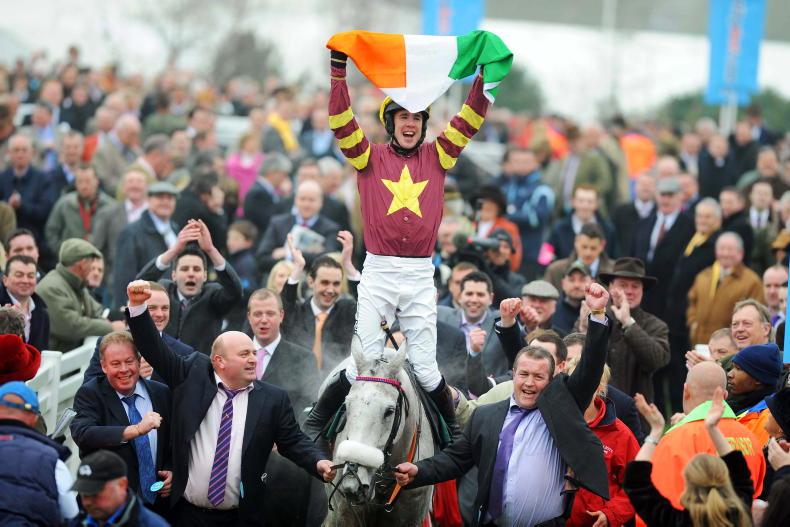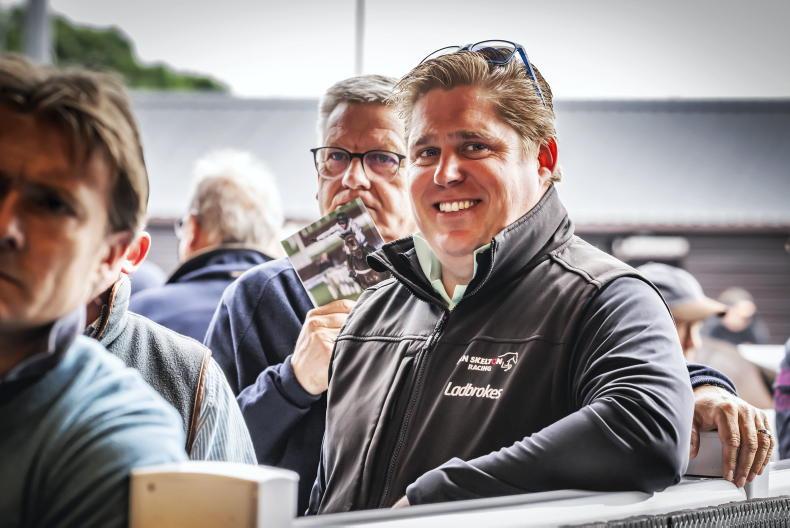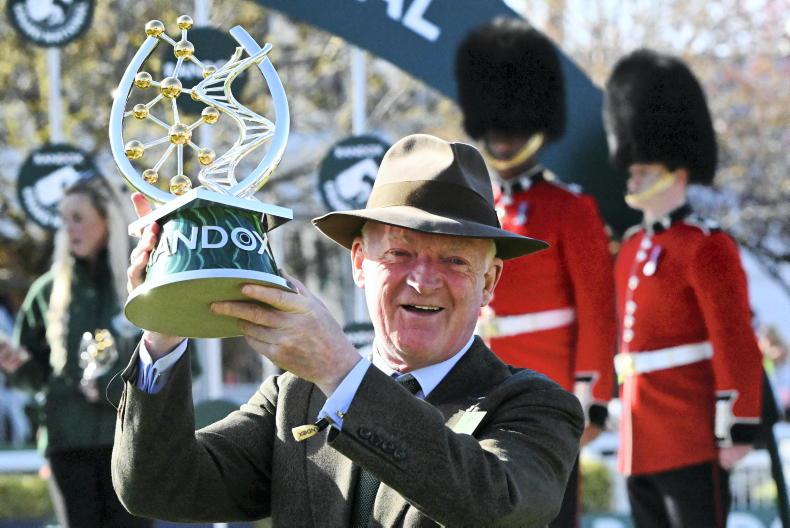THE Cheltenham Festival may already claim more than its fair share of the racing narrative, but the Festival was back in the headlines once again in recent weeks with The Jockey Club announcing a raft of changes to the Festival programme for 2025, in a bid to reverse declining attendances and competitiveness across the four days of racing in the Cotswolds.
The opening up of the National Hunt Chase to professional jockeys, removing the previous restriction that confined the race to amateur riders, has proven to be one of the more controversial measures included within those changes.
Unsurprisingly, it has come as a significant blow to the largely Irish-based riders who contested the race, with Jamie Codd, who won the race three times, stating on Sky Sports Racing that “when it was raised to a Grade 2, it was the highlight of an amateur’s week, winning the National Hunt Chase because of its status.”
Aside from the obvious disappointment for the riders concerned, the decision has also ignited a wider reflection on the position of amateur riders, or qualified riders as they are referred to on these shores, in the sport.
Ruby’s contribution
As part of the Cheltenham Festival changes announcement, The Jockey Club released a promotional video to detail each of their decisions.
Ruby Walsh, the most successful jockey at the Cheltenham Festival, was one of the contributors, and when reflecting on the decision to remove the restriction on the National Hunt Chase to amateur jockeys, he stated: “When you look at the amateur jockey ranks, I don’t think that there is as many people using that now as an apprenticeship.”
It is true that under rules, the domination of bumpers by a handful of the sport’s top stables has severely limited the opportunities for those in the qualified rider ranks to gain traction in that arena, which has limited its use as a meaningful apprenticeship into the professional ranks.
However, many would argue that point-to-pointing has stepped in and filled this role, thereby ensuring that the qualified rider ranks still remain a leading apprenticeship for those starting out in the sport.
To their credit, the Irish National Hunt Steeplechase Committee has actively sought to embrace this role for the sport, enhancing the programme for new riders over the past 15 years and creating a pathway for riders right from the outset of their careers.
Novice race numbers
In the spring 2009 provisional summary, there were just 17 races confined to novice riders programmed, yet flash forward 15 years, and the number of races has doubled to 34, as they have paid committees to include novice riders’ races on their cards.
Alongside this, there has been a deliberate move to improve the calibre of horses that these riders are getting the opportunity to ride by including more open lightweight races as novice rider-only contests.
In that same time period, the number of novice rider open races has jumped from five to 16.
This creates almost weekly opportunities for riders at the very start of their careers to gain race-riding experience over jumps in a competitive environment, whilst the introduction of a 5lb claim has followed to boost opportunities in other races.
Qualified rider training
When you factor in the greater professionalism that has bedded in now after some initial hiccups around monitoring riding standards at the start of races and in the use of the whip, there is also a level of mirroring the standards that would be expected of jockeys on the racecourse, to further prepare them.
In tandem with that, initiatives such as the Equuip-funded training for qualified riders with the likes of Derek O’Connor, all feed into this apprenticeship - an apprenticeship that remains so influential to this day.
That can be seen at any jumps fixture on racecourses around the country. Take Tramore last Thursday as an example. Of the 31 professional jockeys that were booked for at least one ride on the card, over half of them had ridden in point-to-points as qualified riders, before progressing to the track.
It is, therefore, important to recognise the valuable apprenticeship that point-to-pointing continues to offer to the wider sport.
THERE was no such thing as a steady start to the new season last weekend, with quality performers on show at both venues from the outset.
At Toomebridge, Ger Quinn’s stable continues at the same strong pace it had finished last season, with all five of their runners finishing in the placings, including the impressive four-year-old winner Shabalko D’Herm (92+).
Racing from the front at a track which favours experience, he made light work of that challenge on his debut, as he was able to assert exiting out of the back straight, to win as he pleased. He is certainly not short of pace.
Twenty-four hours later, Derek O’Connor’s Ksar D’Oudairies (93+) registered one of the biggest winning margins of the weekend, with a 12-length success on debut. Despite being the sole newcomer and making a couple of small jumping errors along the way, they proved to be little of an inconvenience to him as he powered away from his rivals in the home straight.
The second division of that four-year-old maiden was a much more slowly run affair, right from the outset. Here, the always prominent Bonapartes Retreat (92+) put in an exhibition of jumping for a four-year-old. Even when the tempo was increased, and his jumping was tested, as those around him had their relative inexperience found out, he never put a foot wrong to gain an advantage at each obstacle at this crucial point.
That natural jumping ability will certainly prove to be an asset as he heads to the track.




 This is a subscriber-only article
This is a subscriber-only article
 It looks like you're browsing in private mode
It looks like you're browsing in private mode










SHARING OPTIONS: